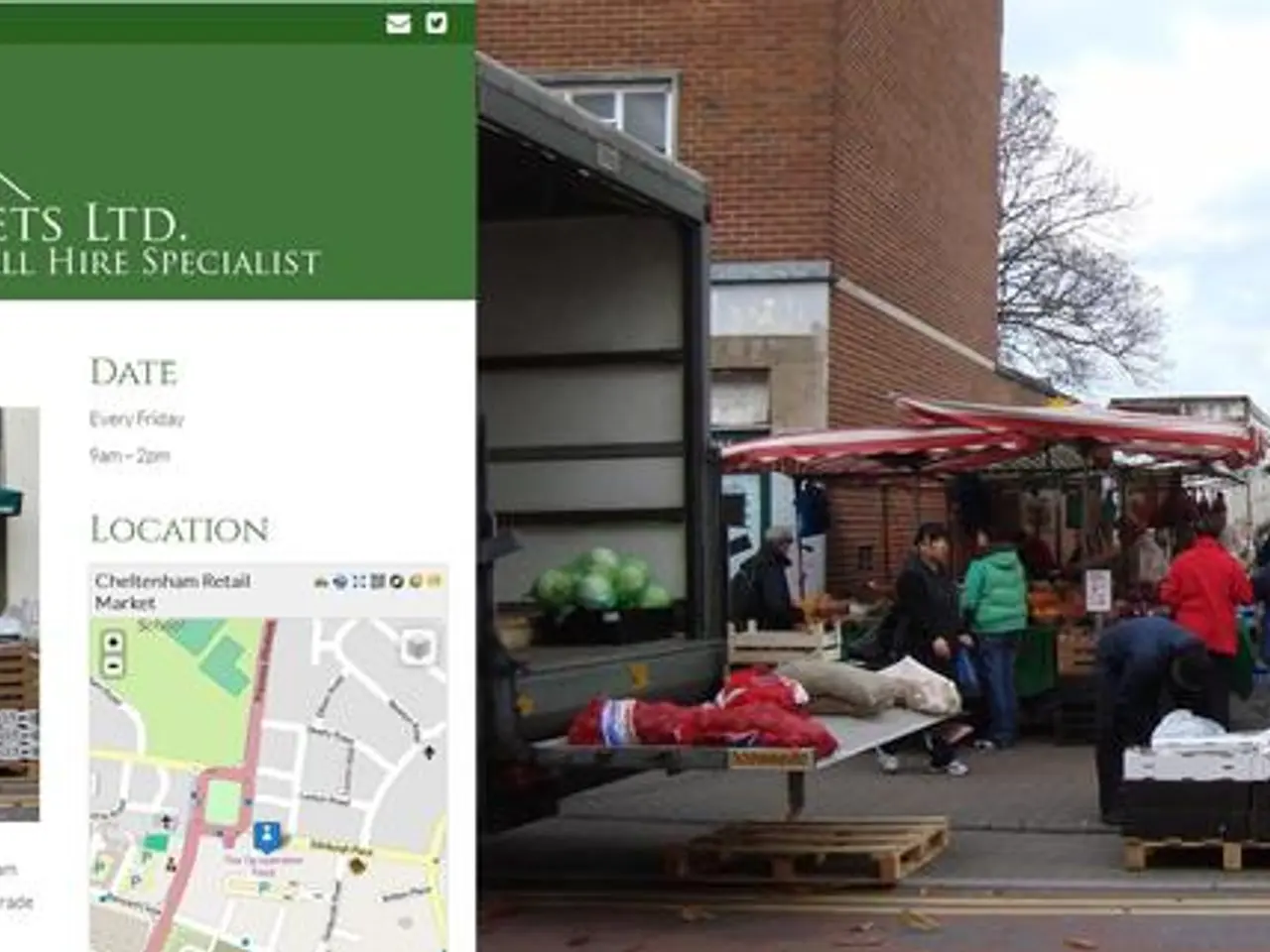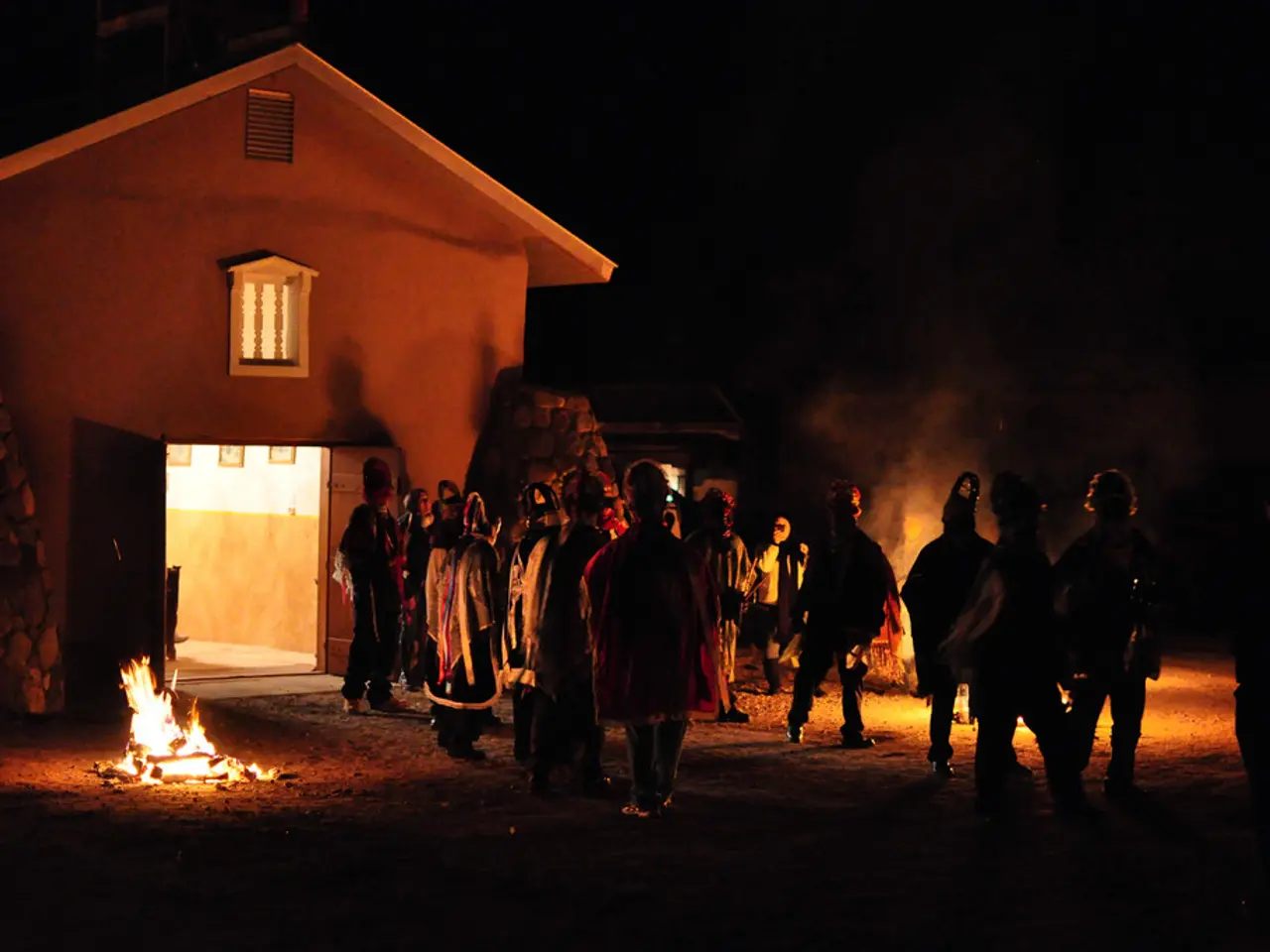Federal authorities confer over critical alert systems during the switch to advanced television standards (ATSC 3.0) with the Federal Communications Commission (FCC).
The Advanced Warning and Response Network (AWARN) Alliance recently met with the Federal Communications Commission (FCC) to discuss the transition to the next-generation broadcasting standard, ATSC 3.0.
Last week, AWARN representatives, including Executive Director Dave Arland and Ed Czarnecki, held discussions with FCC Media Bureau and Public Safety Bureau staff, as well as legal and policy advisers to Commissioners Anna Gomez and Olivia Trusty. The meetings aimed to emphasize the need for a swift transition to ATSC 3.0 and the removal of the simulcast requirement between ATSC 1.0 and 3.0.
During the meetings, the AWARN Alliance discussed various aspects of ATSC 3.0 with the FCC staff. With the Media Bureau, they delved into the ATSC standard A331, which focuses on signaling, delivery, synchronization, and error protection. They also highlighted the importance of each broadcaster having an entire 6 MHz channel for the full capabilities of the ATSC 3.0 standard.
The discussions with the Public Safety Bureau staff centered around advanced emergency alerting and information demonstrations. The AWARN Alliance reiterated the need for certainty from the FCC regarding the shutoff of legacy DTV to fully realize the emergency alerting benefits of ATSC 3.0.
In the meeting with Olivia Trusty's staff, ATSC 3.0 digital rights management (DRM) was a key topic. Arland noted that more than 15,000,000 ATSC 3.0 NextGen TV sets have been sold, which work seamlessly with DRM technology. Broadcasters are using DRM to ensure free over-the-air transmission of high-value content.
However, the FCC does not plan to implement a coupon program during the transition, according to Deena Shelter, legal adviser to Gomez.
The push for a definitive timeline and removal of the simulcast requirement is part of a broader FCC discussion. A specific set-top box product, the SiliconDust HDHomeRun 4K Flex, and the HiSilicon SoC it uses, have been banned due to their inability to decode protected content.
The NAB has proposed a phased mandatory transition to ATSC 3.0, with stations in the top 55 markets required to transition by February 2028, and remaining stations by February 2030. However, this proposal has faced mixed feedback, with some advocacy groups and parts of the tech industry opposing it on deregulatory and accessibility grounds.
As the transition to ATSC 3.0 continues, the AWARN Alliance's efforts to remove simulcast requirements, shut down ATSC 1.0, and set concrete transition dates are crucial for the full and effective use of ATSC 3.0's capabilities. The Alliance's advocacy aligns with but is distinct from the NAB's formal petition and the mixed public and industry responses to it.
[1] Source: Advanced Warning and Response Network (AWARN) Alliance press release, July 2025 [3] Source: Consumer Technology Association (CTA) statement, July 2025 [5] Source: National Association of Broadcasters (NAB) statement, July 2025
- The AWARN Alliance has emphasized the importance of transitioning to ATSC 3.0 without a simulcast requirement, noting that each broadcaster needs an entire 6 MHz channel for the full capabilities of the standard.
- The FCC staff and AWARE Alliance discussed the ATSC standard A331, focusing on signaling, delivery, synchronization, and error protection in the context of ATSC 3.0.
- Broadcasters are using digital rights management (DRM) in the ATSC 3.0 standard to ensure free over-the-air transmission of high-value content, as over 15,000,000 NextGen TV sets have been sold, which work seamlessly with DRM technology.
- The FCC does not plan to implement a coupon program during the transition to ATSC 3.0, according to Deena Shelter, legal adviser to Commissioner Anna Gomez.
- With the Public Safety Bureau staff, the AWARN Alliance discussed advanced emergency alerting and information demonstrations, reiterating the need for certainty from the FCC regarding the shutoff of legacy DTV to fully realize the emergency alerting benefits of ATSC 3.0.
- The NAB has proposed a phased mandatory transition to ATSC 3.0, with stations in the top 55 markets required to transition by February 2028, and remaining stations by February 2030.
- The SiliconDust HDHomeRun 4K Flex and the HiSilicon SoC it uses have been banned by the FCC due to their inability to decode protected content, as part of a broader FCC discussion.
- The push for a definitive timeline and removal of the simulcast requirement by the AWARN Alliance aligns with but is distinct from the NAB's formal petition and the mixed public and industry responses to it.




